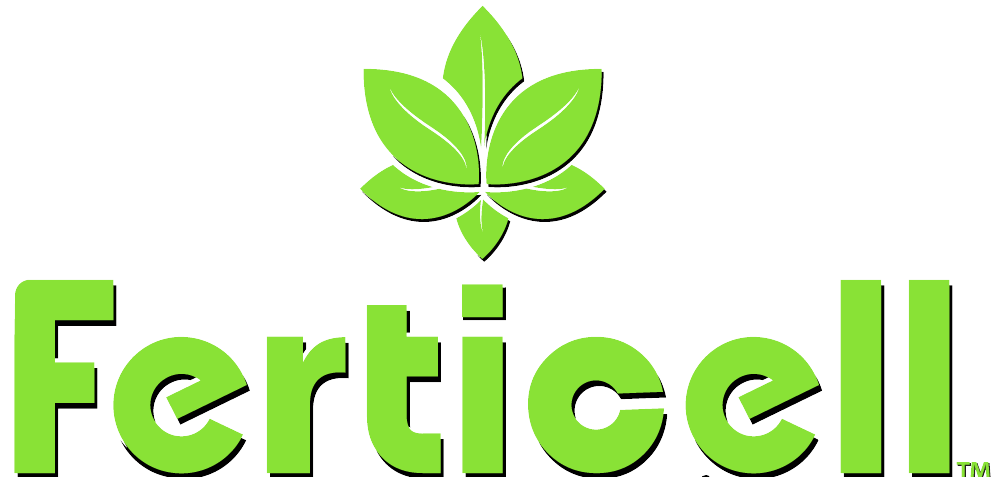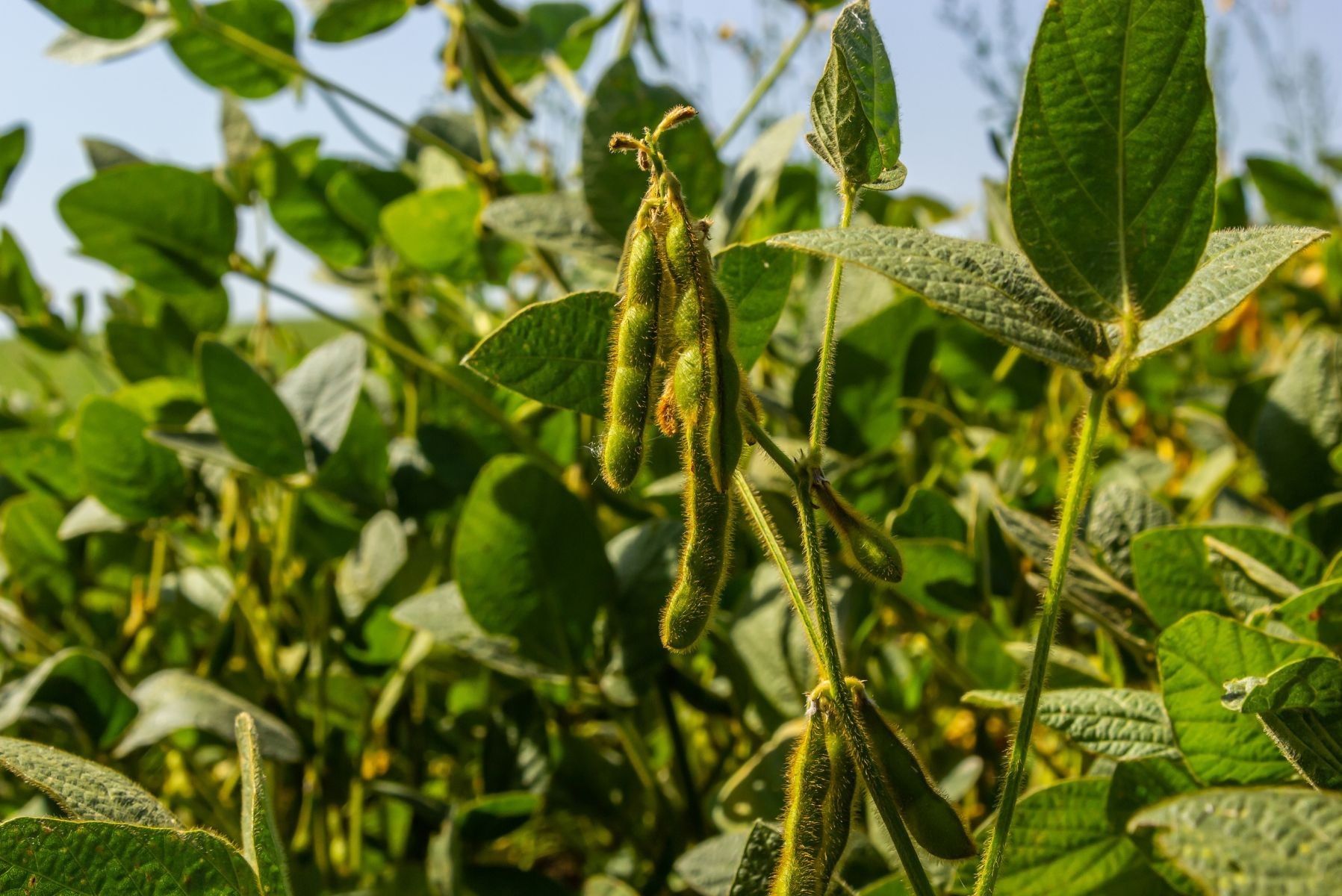Feed Your Crop and Soil in One Application
Feed Your Crop and Soil in One Application with the Most Effective Fertilizers on the Market by Ferticell
Ferticell™ products are unique dual-purpose inputs; they are both a fertilizer and a food source for the biome. We use unicellular freshwater algae to carry the product to the plant. Applied as either foliar or soil, the product flows through the space between the cells and uses osmotic pressure differential to transfer the load to the plant cell. Our products are primarily plant based so are highly bioavailable and are at work in the plant immediately. After the transfer, the depleted cell and residual fertilizer becomes biome food, a “prebiotic fertilizer”.
If you are a conventional, regenerative, precision or an organic farmer, the practice of farming is becoming focused on what and how we use input products. All try to use less in a more precise way for a satisfactory outcome. The focus is on what is best for the long term, for the soil, the environment, sustainability and to increase ROI.
Ferticell™ is naturally organic and certified and contains other ingredient for better outcomes, e.g., Universal™ 0-0-1 K20 1.0% with 25% freshwater algae solution makes your conventional fertilizers work more efficiently. Plant based fertilizers are more bioavailable to plants than conventional fertilizers, that means less is needed for the same results. Less is used and most of what is applied is utilized, meaning it is less harmful to your soil’s microbiology. It feeds the microbiome without added supplements. You may not be growing organic crops, but you can take advantage of the benefits. Adding Ferticell products to every tank mix enhances the action of your conventional tank load. We make it work more efficiently by increasing its ability to be in the plant on application. Because of our mode of action, whatever input is in your tank will be carried to the plant cell for quicker action.
- Does not leach or volatize
- Compatible with all fertilizers and make them more efficient
- No leaf or seed burn – low salts
- Reliable release curve – QUICK
- Ours are amino acids that build tolerance to abiotic stress while building a natural immune system
And because they do not remain in the soil, you will not contaminate it or your ground water.
A comparison of ProK™ 0-0-20 demonstrates its high efficiency and low use rates. To correctly measure soil K requirements, calculate: colloidal, extractable, and soluble K as the total.
Pro K™ vs. SOP Leachate Study
| Product | Rate | Day 1 | Day 10 |
|---|---|---|---|
| Sulfate of Potash 0-0-5- | 100 lbs/acre | 24.8 ppm | 15.6 ppm |
| Pro K™ 0-0-20 | 1 gal/acre | 23.4 ppm | 15.0 ppm |
Results indicate 1.4-ppm difference on the first day of leachate capture or providing the same amount of actual potassium as a potential nutrient source. Leachate capture on day 10 indicates 0.6-ppm difference of actual potassium as soluble and as a potential source of K nutrition. Also noted results are reductions in Sodium and Sulfur with the use of Pro K™ versus Sulfate of Potash. Disruptions to Cation/Anion balance may be a factor.
Combining products gives additional value. Combining ProCal™ 3-0-0 with 20% calcium or a conventional calcium with our Nutri-Plus™ 2.5-0-0 delivers calcium to and into the plant so it will immediately begin to reduce stress and if applied during flowering will reduce flower drop.
Our ammoniacal N is also highly effective. Both Explorer™ 10-0-0 or Explorer™ 16-0-0 should be applied in frequent small doses either as foliar or soil. Explorer™ 16-0-0’s liquid application rate is 1-4 quarts per acre split applied as often as possible (which is what we suggest for all our products as they go immediately into the system) with smaller frequent feeding being preferable for continuing energy and growth over time.
Explorer™ Liquid 10-0-0 is over 50% more concentrated than generic materials and unlike generic products, is single sourced.
| Product | Rate | % of N | lbs of N/gal | Cost Comparison on Equivalent Basis | Guaranteed Chain of Custody | Filtered |
|---|---|---|---|---|---|---|
| Generic Liquid 7-0-0 | 9.6 lbs/gal | 7% | 0.672 lbs | $0.32/oz | No | |
| Explorer™ Liquid 10-0-0 | 10.5 lbs/gal | 10% | 1.05 lbs | $0.33/oz | Yes | Run through 200 mesh 3x prior to delivery |
Conclusion: Explorer™ Liquid 10-0-0 is 56.3% more concentrated than a generic liquid organic 7-0-0



